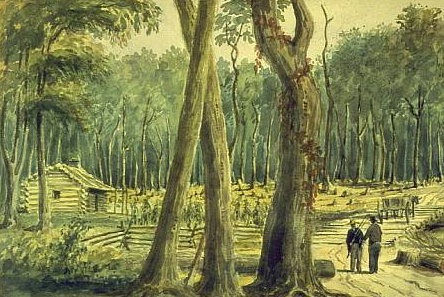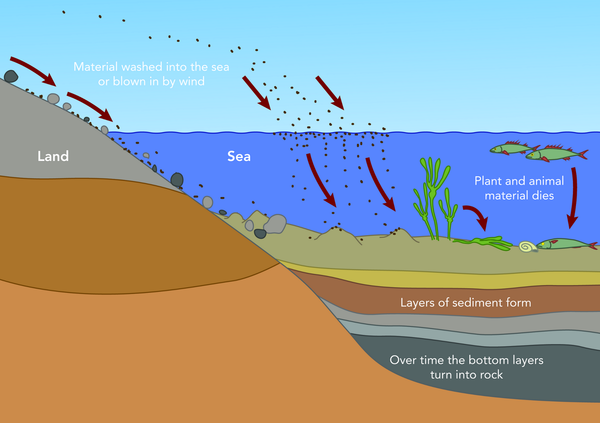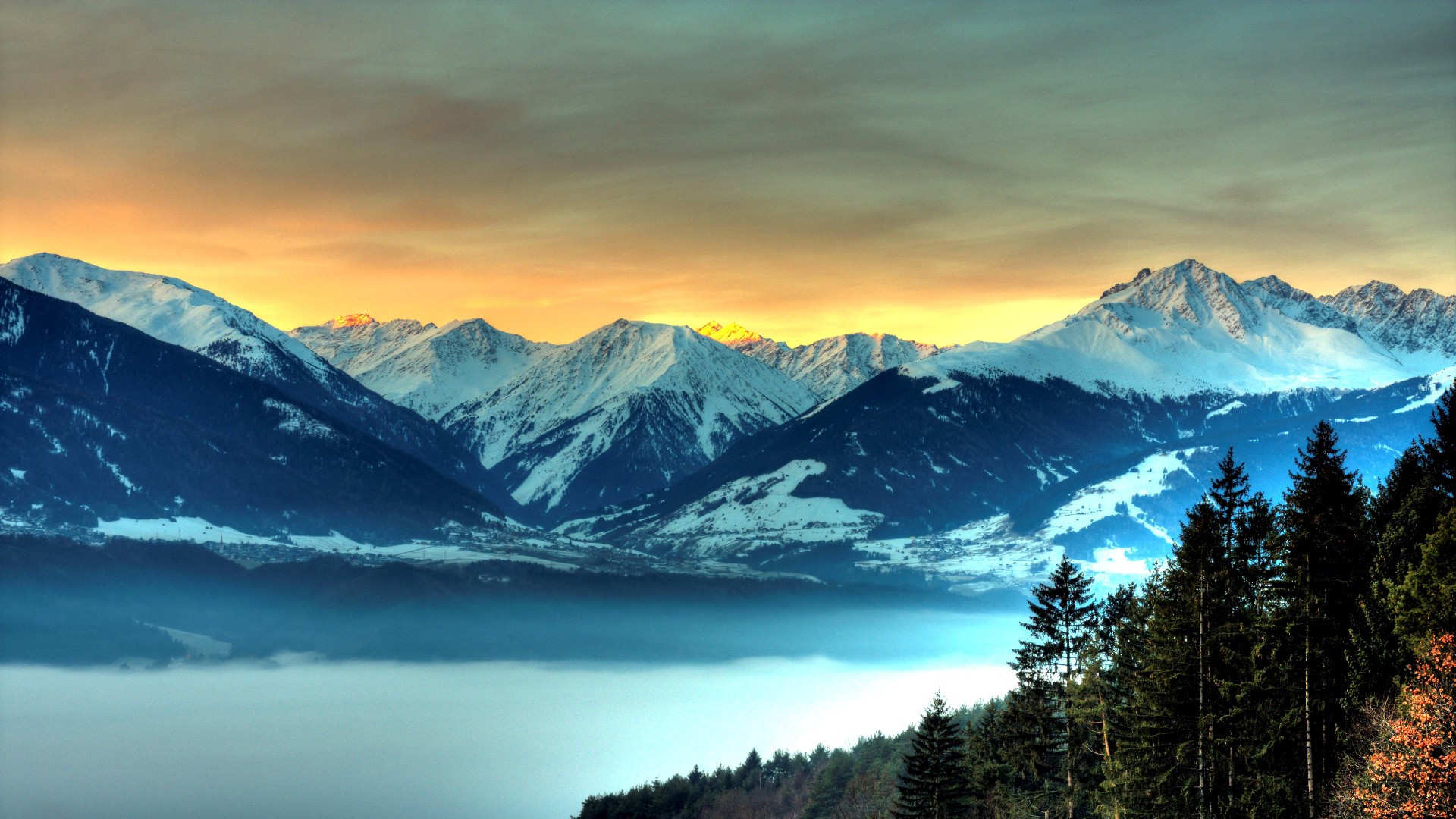The american civil war was mainly a fight between the northern free states and the southern slave states (a war over slavery) about who would unionized and thus freeing or not freeing the slaves.
The Trent affair was when a american ship stopped a British ship with two agent on board wanting to talk to the British to see if they would join in the confederate cause. The Americans held them as prisoners but they were eventually released as to not cause a war.
The st. Albanis raid was soldiers from the British colony/ies raiding a town called st.albanis and then running back across the american border to not be captured by the Americas. America took this raid as Britain provoking them.
Manifest destiny was this strong belief in america which personally i think is a american excuse to attack Canada, that america under the very rule of god that they should be the ones to govern the entirety of North America.
Fenian’s: Group of Irish men to force the freedom of Ireland from British control. There plan was to hold British colonies and ransom them in return for Ireland’s freedom.
In 1854 The reciprocity treaty was signed by both BNA and United states to allow free trade of goods. But then in 1866, twelve years later the Americans cancelled the treaty. Because the British no longer had this sharing peace with the Americans they encouraged confederation and continued to try to unite the colonies.
















